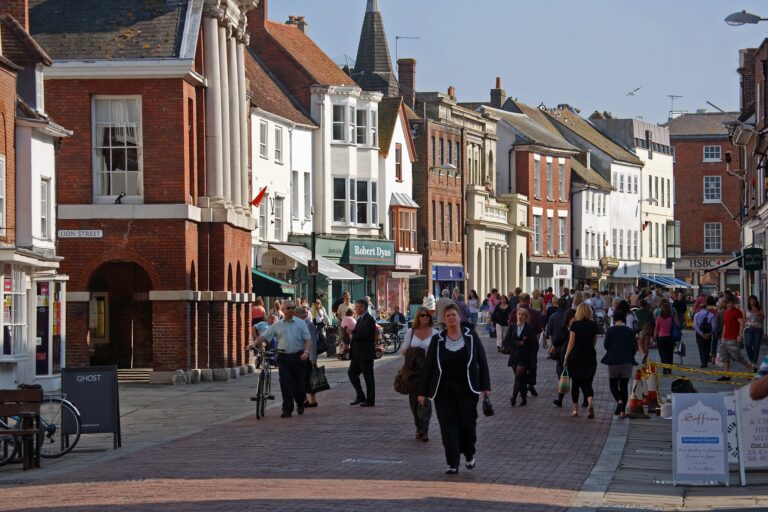The gap in footfall from 2019 narrowed in September to -12.6% from -13.2% in August; -14.4% in high streets, -16.7% in shopping centres and -4.3% in retail parks, according to Springboard data.
“Superficially September’s results suggest
that footfall has largely been unaffected by the cost-of-living crisis, with the
gap from 2019 narrowing marginally to -12.6% from -13.2% in August, said Diane
Wehrle, marketing and insights director at Springboard. “However, far more
revealing of the severity of the economic situation facing households is provided
by a comparison of footfall in September 2022 with September 2021, when all Covid
restrictions had been removed. The uplift in footfall across UK retail destinations
from 2021 diminished for the third consecutive month in September to just +6.8%,
from +8.6% in August and +15.6% in July.
“What is also evident is that it is high streets that are bearing the brunt of the diminution in customer activity; while footfall in high streets in September was +9.5% above the 2021 level versus +7.7% in shopping centres, the gap from 2021 in high streets narrowed by nearly a quarter from +13.9% above 2021 in August. In contrast, activity in shopping centres strengthened marginally, from +7.5% in August. In retail parks it is very much “steady as she goes”, with footfall in September just +0.3% above 2021.”
Wehrle said that high streets are not only facing the challenge of inflation, but hybrid working is also impacting the recovery of footfall. “With around a half of all employees continuing to work at home for at least part of the working week activity in high streets remains significantly lower than in 2019, particularly during the Monday to Friday period. In September, footfall in UK high streets during weekdays was -17.4% below 2019 versus just -6.9% below 2019 at the weekend.”
She added that the energy price guarantee introduced by the government had eased some of the severe doom felt by many households. “However, the ongoing rate of inflation combined with the recent rise in interest rates means that from October onwards shoppers will inevitably exercise even greater discretion and be more considered in their purchasing behaviour.
“The impact on footfall and therefore on retail sales will be immediate, with it also being likely that fewer trips will be made to larger centres that incur a greater travel cost. This was a trend that Springboard identified over the previous two recessionary periods when austerity encouraged shoppers to shop more locally, however, on a positive note this may continue to deliver a greater degree of resilience in smaller more local high streets that was a key trend of the pandemic period.”


